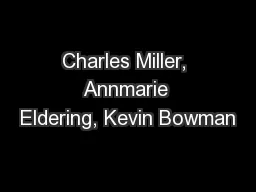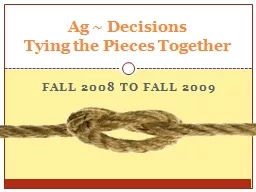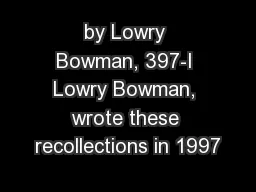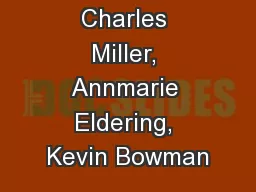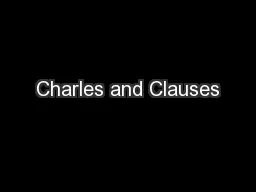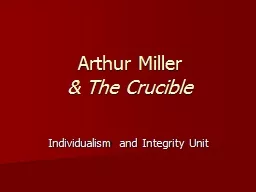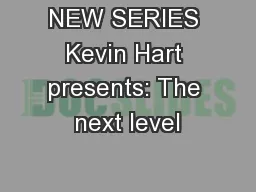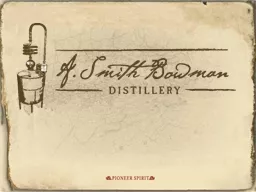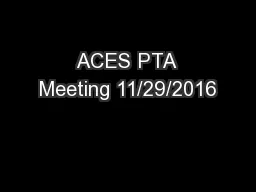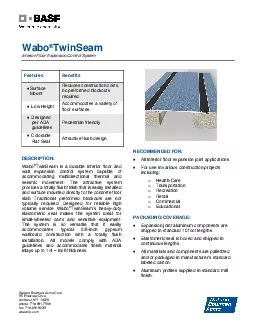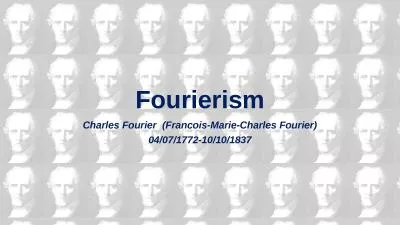PPT-Charles Miller, Annmarie Eldering, Kevin Bowman
Author : kittie-lecroy | Published Date : 2015-11-04
Meemong Lee Zheng Qu James Wood Carbon in Arctic Reservoirs Vulnerability Experiment CARVE Spring 2011 Update Engineering Flights amp Project Status Charles Miller
Presentation Embed Code
Download Presentation
Download Presentation The PPT/PDF document "Charles Miller, Annmarie Eldering, Kevin..." is the property of its rightful owner. Permission is granted to download and print the materials on this website for personal, non-commercial use only, and to display it on your personal computer provided you do not modify the materials and that you retain all copyright notices contained in the materials. By downloading content from our website, you accept the terms of this agreement.
Charles Miller, Annmarie Eldering, Kevin Bowman: Transcript
Download Rules Of Document
"Charles Miller, Annmarie Eldering, Kevin Bowman"The content belongs to its owner. You may download and print it for personal use, without modification, and keep all copyright notices. By downloading, you agree to these terms.
Related Documents

